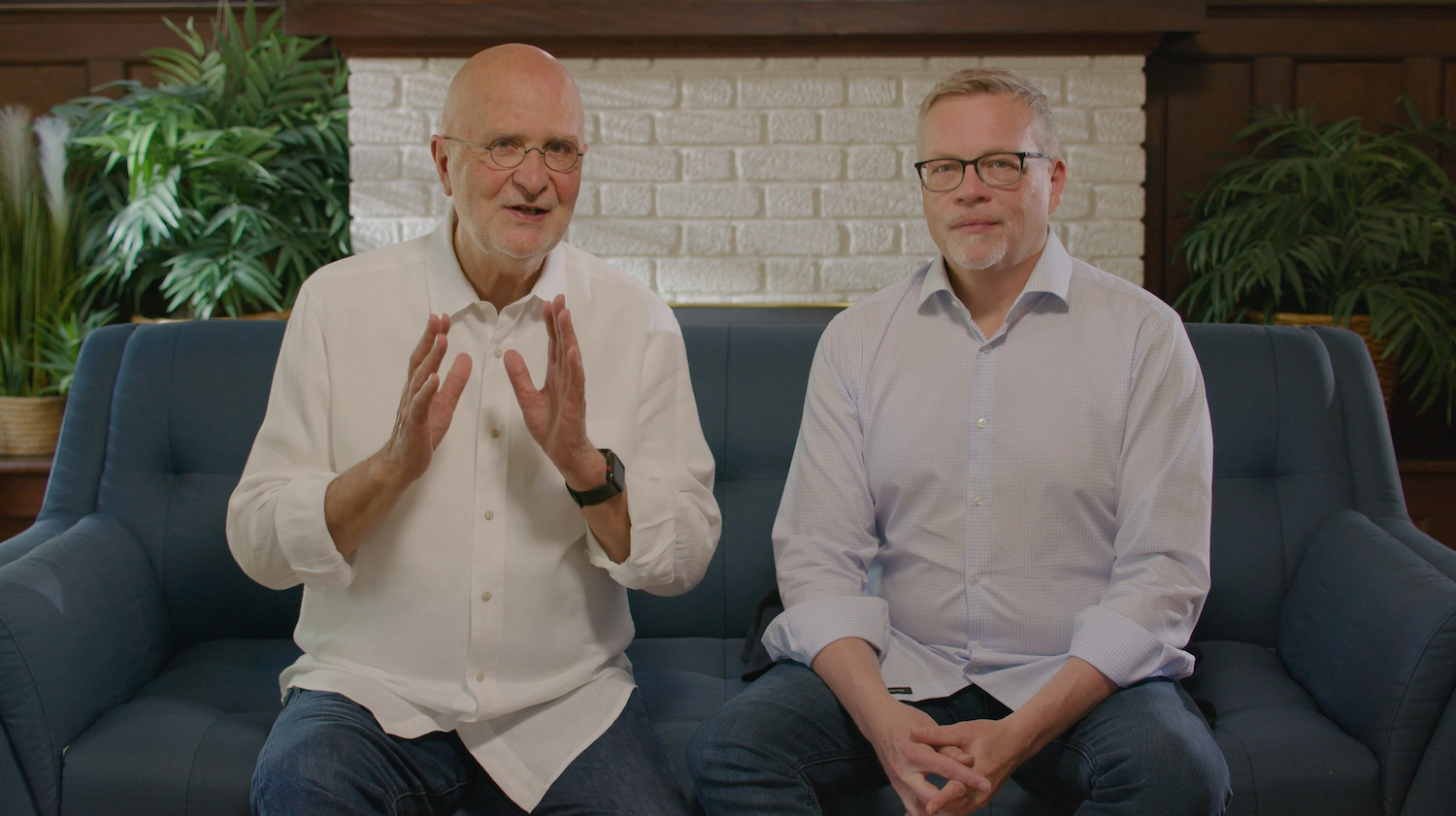It’s not surprising. We are so into ourselves that we forget what fundraising all is about. We are so regimented in our thinking that we lose sight of donors. What am I talking about?
The pervasive need that non-profits have to turn a fundraising strategy into a “department.”
Here’s an example: Membership. Creating a membership program is an acquisition and cultivation strategy (and an effective one for many non-profits). Membership programs serve to acquire a larger number of smaller gift donors and move them to higher levels of giving.
But what non-profits love to do is, instead of using membership as a fundraising strategy, they create an entire department dedicated to membership apart from fundraising (forgetting that membership IS FUNDRAISING). This department has its own KPIs that are completely at odds with moving donors into mid-level or major gifts.
The KPIs are designed to increase the department’s revenue, which increases its power and authority at the non-profit, so there is little if ANY incentive to move a “member” up the donor pipeline.
Now, I don’t think anyone purposely wants to hold a donor down and not give them the ability to give what they want to give, but this is what’s happening in a vast majority of non-profit donor files.
I mean, I’ve seen organizations that have a “Membership Department” and another department called “Philanthropy,” like they’re completely different functions.
It’s just wild.
And when you look at their data, what do you think I find? Yep, massive clogs of donors who are “stuck” at the highest membership level. Or donors who give the same amount every year, whether it’s $5,000, $10,000, or even more, while they’re giving other organizations down the block $100,000 or more.
We’re completely forgetting our purpose. That purpose is to cultivate and steward donors incredibly well and understand their passions and interests so that we can match that up with all the programs and projects that they want to help change the world with.
When you take a strategy and create a department out of it, and I don’t care if it’s called Membership, Events, Sustainers, etc. – you will undoubtedly put up a wall around that department. This is what many people refer to as a “silo mentality.” How many of you have heard that the Events Department won’t let the Philanthropy or Individual Giving teams talk to “their” donors, for fear that it might negatively affect their gala numbers?
Richard and I have run into that one so many times.
It’s sad what we have done. We’ve forgotten about what is best for the donor, favoring our own self-interest in making our department look good.
I mean, no one’s out there saying: “We’re not going to let a donor give as much as they would like to.” But all their actions, policies, procedures, and internal KPIs have exactly that effect.
Ask yourself these questions:
- Is our development team set up and structured in a way that facilitates the donor journey from the time we acquire them until the time we ask for a planned gift?
- Do the KPIs for each strategy serve to encourage movement from cultivation to mid-level to major gifts?
- Have we discussed internally what barriers we may be putting up that prevent donors from giving their best gift?
- Does everyone in the organization celebrate when donors start giving at higher levels?
If you cannot answer yes to each question, you do not have a relationally centered donor program. You’re actually preventing your donors from finding joy in their giving.
You have an opportunity right now to re-evaluate how you’re set up as a development team. How can you work together to encourage the donor’s journey, deepen the love they have for your mission, and help them give greater gifts to help change the world? (And if you want help doing that, let us know. You can schedule with my colleague Amy to start learning more here.)
Do that today!
Jeff
![It’s a Strategy, NOT a Department An illustration of people working on a structure together [It's a Strategy, NOT a Department]](https://veritusgroup.com/wp-content/uploads/2023/09/AdobeStock_628357582-scaled.jpeg)
![A donor is showing her membership card. Moving Out of a Membership Mindset [Podcast Episode]](https://veritusgroup.com/wp-content/uploads/2022/08/Podcast-Episode-Blog-Post-Header-Image_081722.png)




Excellent blog, Jeff. It certainly hits the main points to ensure organizations are NOT putting up walls in the various departments. Happy to work for an organization that work together, with the Donor top of mind!